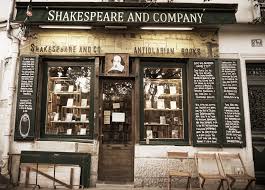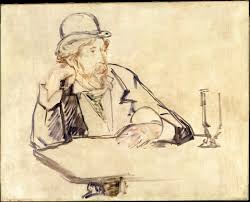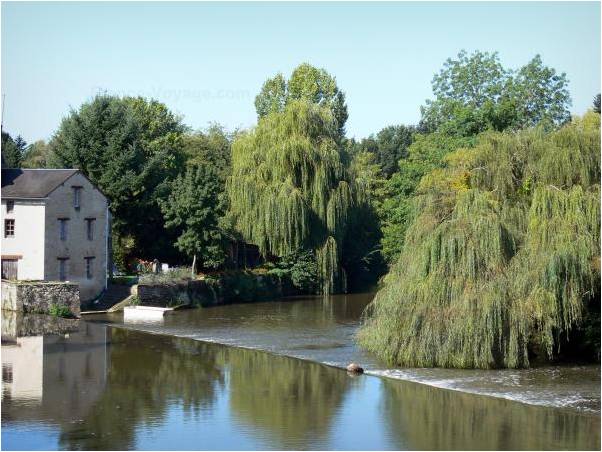
King Henri IV described the River Charente as “the most beautiful river in my kingdom” but it is much more than that. A border between warring forces; the invasion route for the Vikings; a main transportation route until the arrival of the railways, carrying cannon, paper, brandy, salt and building materials. It now plays an increasingly important role in the tourist industry of two French departements, Charente and Charente Maritime. Discover all this, and more, when you book
A TRIP DOWN THE RIVER CHARENTE
RICHELIEU: THE CARDINAL AND HIS ‘CITY’
In 1585, when Armand-Jean du Plessis (later Cardinal de Richelieu) was born, France existed only as a geographical area: neither language nor law provided any unity. Loyalties were feudal, religious and/or regional. Richelieu dictated both the military strategies which provided France with new defensible borders, and inaugurated the unifying reforms which moulded the state’s own national cultural identity. In the process Richelieu discovered the power of cultural propaganda, and sought control of the country’s literary and artistic activities and institutions. Working closely with the royal architect Lemercier, the Cardinal planned buildings of enormous extravagance, including the church at the Sorbonne where he was proviseur, and the magnificent Chateau and ‘walled town’ on the family estate at Richelieu.The Palais-Cardinal in Paris (later the Palais Royale) included a theatre, and he collected paintings and sculptures by many of the outstanding artists of the time, now on view in Paris, Orleans and Tours. He also founded the Academie Francaise.
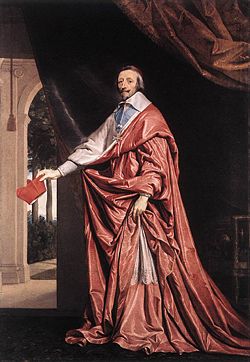
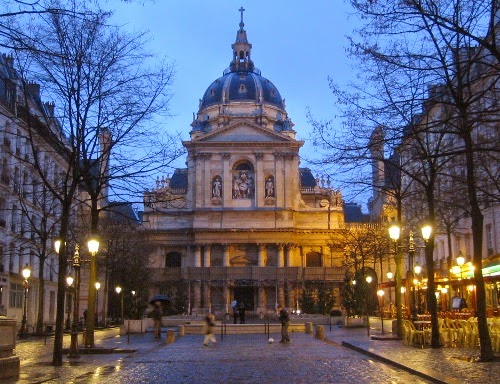
left: the Sorbonne church in Paris.
right: entry to the walled town of Richelieu,
‘cite du Cardinal’
built alongside the huge Chateau (since demolished) on the du Plessis estate in Touraine. Just inside the
arch was my shop, and my home
for five fascinating years.
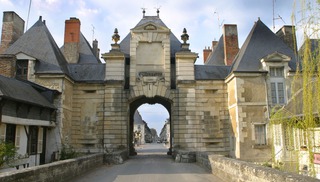
BOHEMIAN PARIS
LITERARY PARIS reminded us of the city’s writers; this new Presentation covers those painters, performers and composers active at a time when, according to Henry Murger, “Bohemia only exists and is only possible in Paris”.
The Irish author George Moore (right, sketched by Manet) introduces us to the ‘bohemian’ Impressionist painters; we then glimpse the ’historical’ Bohemians before moving on, inevitably perhaps, to Puccini’s opera La Boheme based on Henry Murger’s ‘Scenes de la Vie Boheme’.
FOUR POWERPOINT PRESENTATIONS which ‘really do need pictures’.
POWERPOINT PRESENTATIONS
Kingsbridge U3A: Another blistering success - gave a terrific depth to the subject.
“Your love for the river showed through in your interesting and enjoyable talk”.
Jack Richmond; Dart Valley U3A.
LITERARY PARIS
For centuries PARIS has been a Cultural Capital and home to emigre artists from all over Europe. Their ranks were swollen at the end of WW1 by American authors, poets, musicians and dancers fleeing prohibition and/or racial discrimination.
This so-called Lost Generation is at the heart of a Presentation which highlights the City of Light’s literary successes, failures and scandals, from Voltaire and Zola to James Joyce and Ernest Hemingway via a Revolution and a couple of World Wars.
